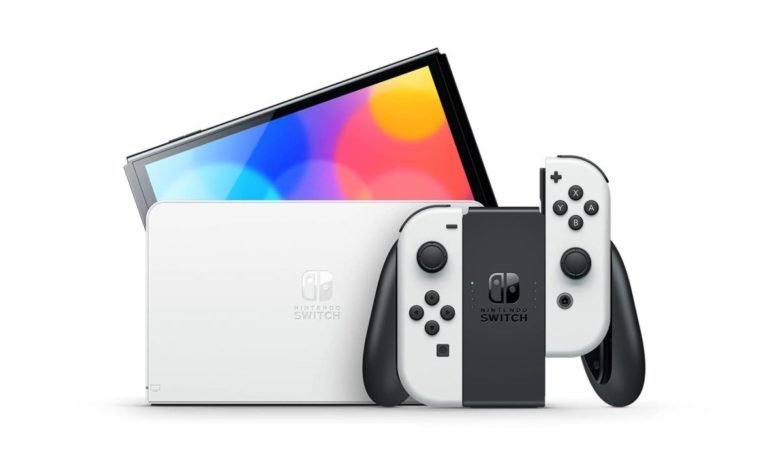

A second Donald Trump presidency could lead to significant disruptions in the U.S. video game industry, with potential price surges of up to 40% on gaming consoles and 46% on PCs. This change stems from Trump’s proposed tariffs on Chinese imports, which could escalate into domestic and global economic turmoil.
Trump’s plan to impose a baseline 60% tariff on all imports from China is substantial, and experts suggest it could trigger a trade war with far-reaching impacts. Since most electronic components used in gaming consoles are manufactured in China, this tariff would heavily impact the cost of production and, ultimately, consumer prices. Even if some parts are sourced outside of China, Trump’s proposed 10-20% import tariffs on all foreign goods mean prices are likely to rise regardless.
One critical detail to understand about tariffs is that they are paid not by the foreign countries but by U.S. importers. As a result, American companies would be forced to bear the cost and raise prices to maintain profit margins. Ed Brzytwa of the Consumer Technology Association (CTA) explained to Tom’s Hardware that tariffs function as regressive taxes. “Tariffs are regressive taxes that Americans pay. A foreign government does not pay them… they harm poor people, and people of little means more than they harm wealthy people,” Brzytwa stated.
The CTA, which has vested interests in highlighting the detrimental impacts of tariffs, commissioned a report to analyze the potential consequences. Their findings underscore the significant risk of price increases that could push gaming consoles out of reach for many U.S. consumers, a shift that could ripple through the market and stifle sales. While the CTA’s concerns may be somewhat self-serving, it does not take extensive economic knowledge to recognize that a 60% tariff would severely disrupt pricing structures.
During Trump’s first term, tariffs of up to 50% were imposed on electronic goods, but tech companies were able to lobby for exemptions. Industry insiders are expected to push for similar exemptions this time, but the outcome is uncertain. If lobbying efforts fall short, the gaming industry could face significant setbacks.
Domestic manufacturing in the U.S. is unlikely to be a feasible alternative due to the logistical challenges and time required for such a transition. This leaves companies at the mercy of tariffs, potentially leading to significant price hikes across all consumer electronics. The anticipated launch of the Nintendo Switch 2 next year could be particularly vulnerable, as higher costs might dampen consumer interest at a crucial time for sales.
Although these tariffs would directly impact U.S. pricing, global repercussions could follow. Companies losing revenue from diminished U.S. sales may increase prices internationally to balance their profit margins, potentially leading to higher consumer costs worldwide. The potential for higher tariffs thus casts uncertainty over the gaming industry’s future, with significant consequences for manufacturers, retailers, and gamers alike.
Play games, take surveys and take advantage of special offers to help support mxdwn. Every dollar helps keep the content you love coming every single day.
